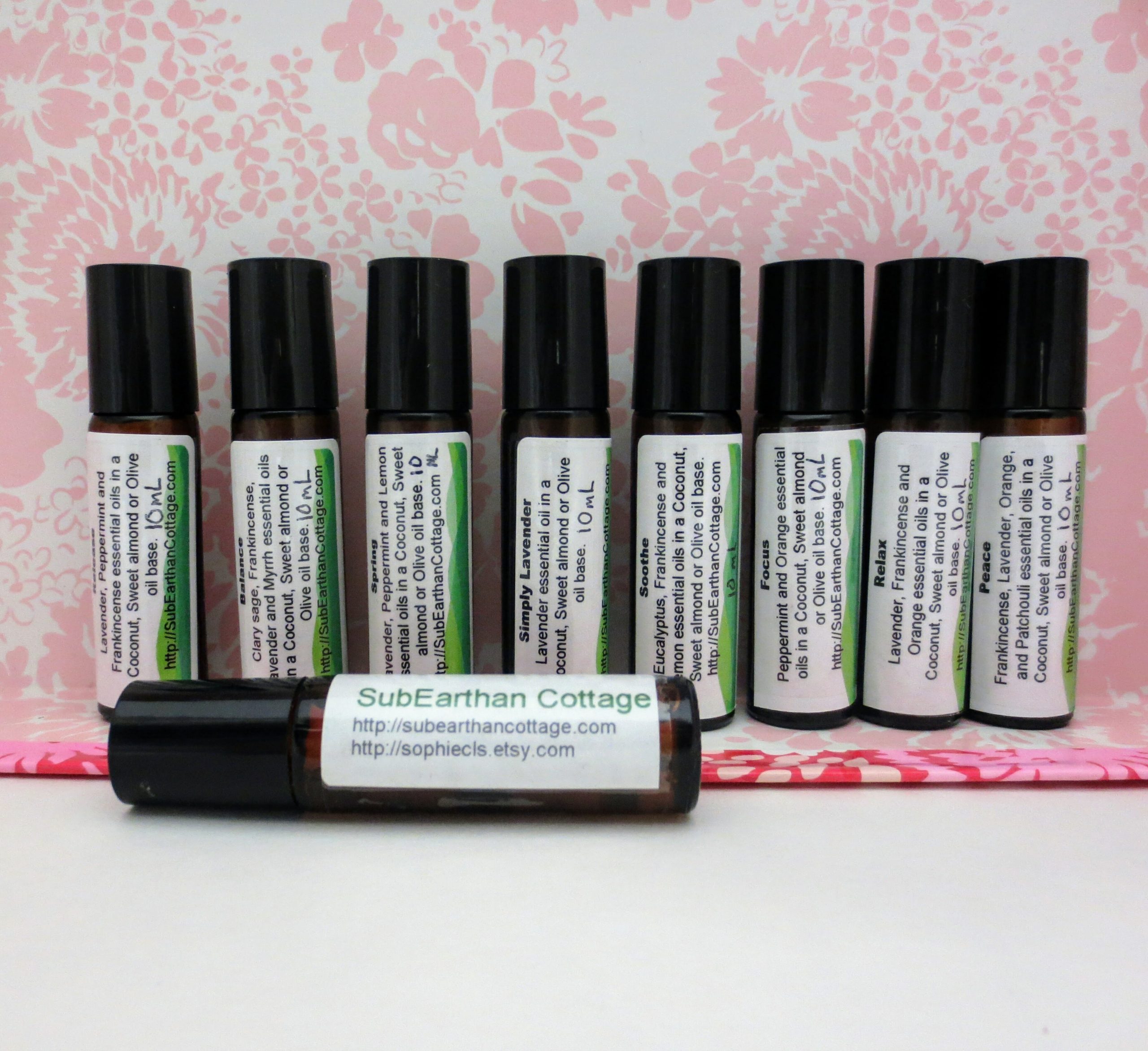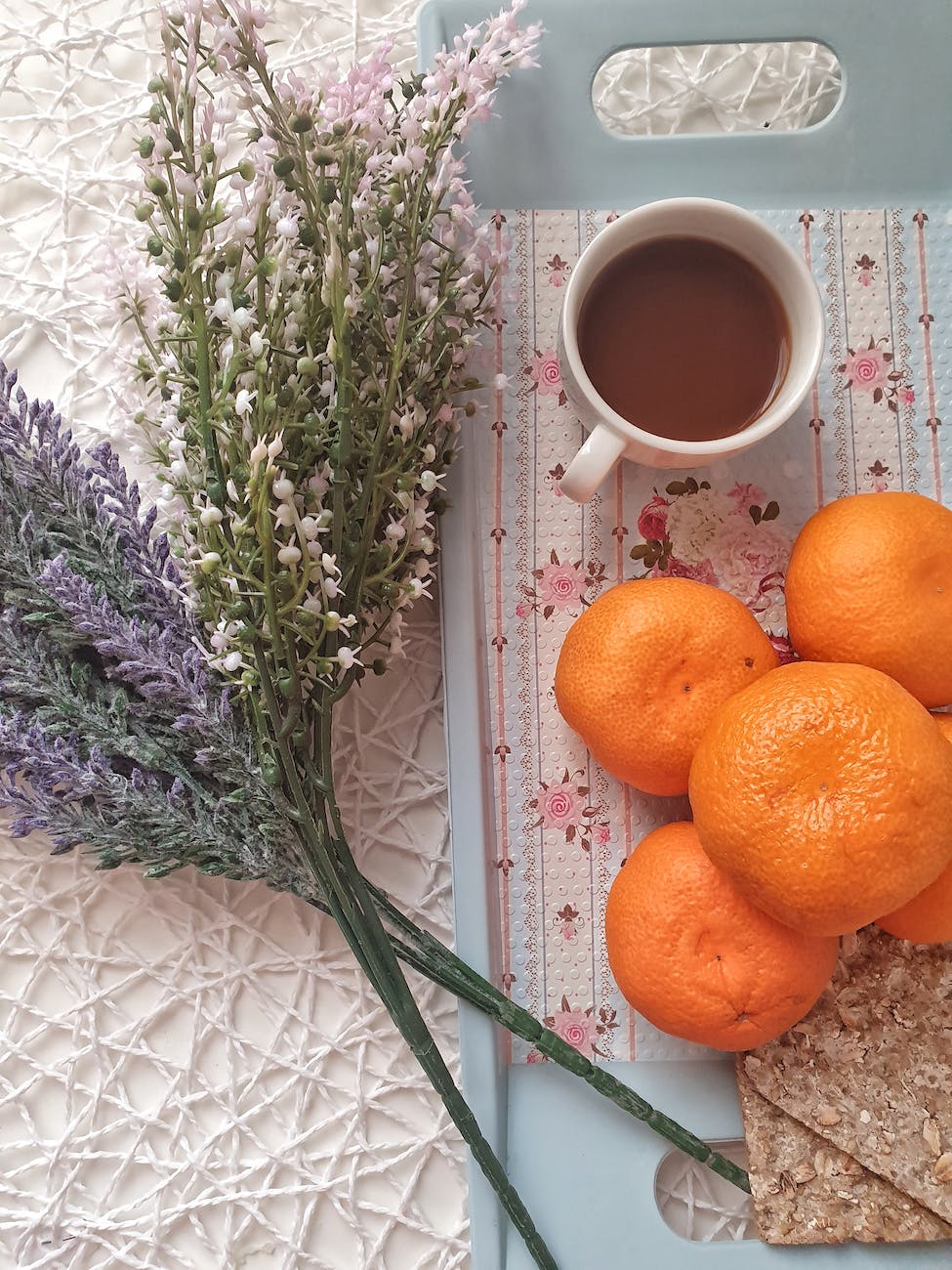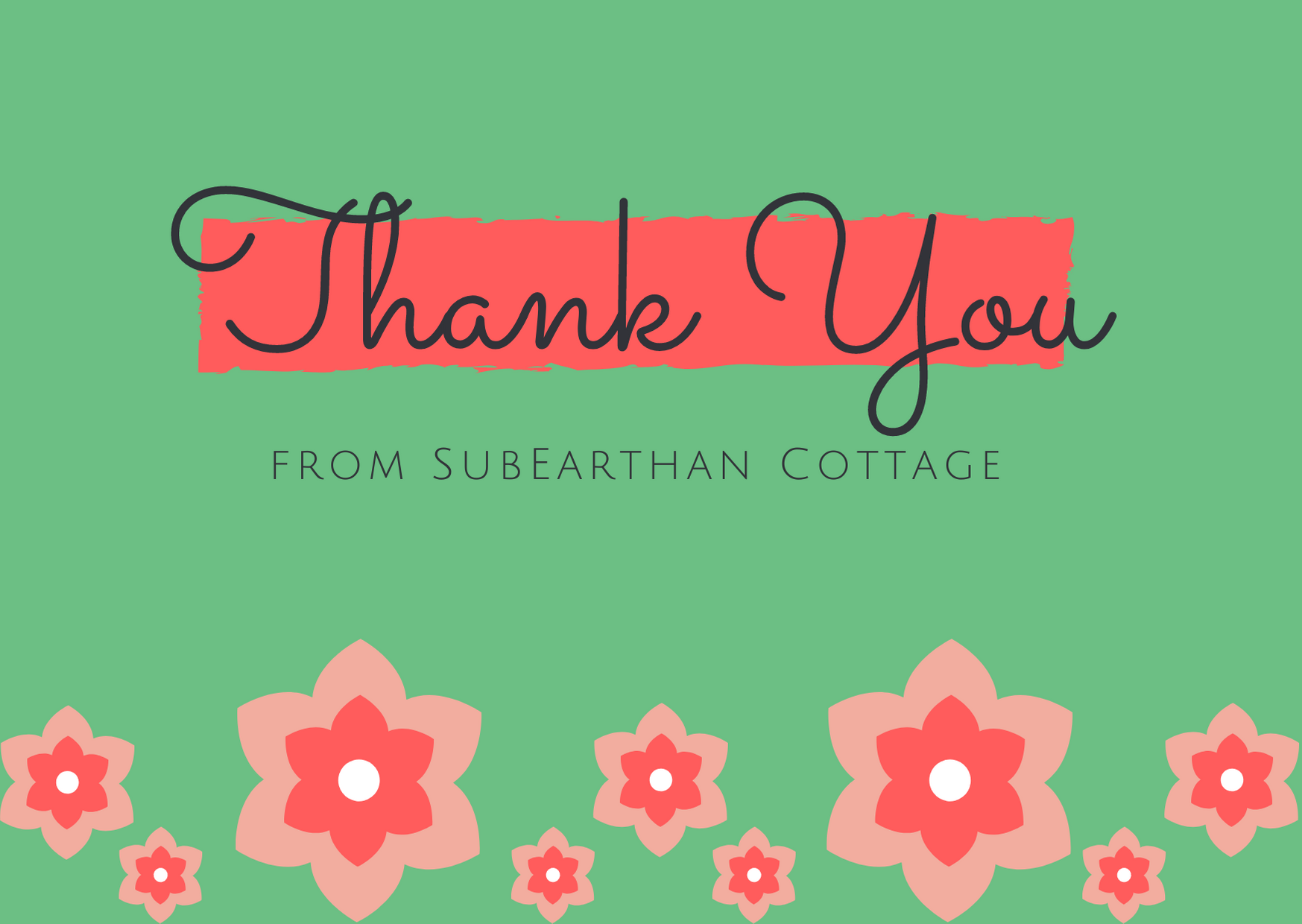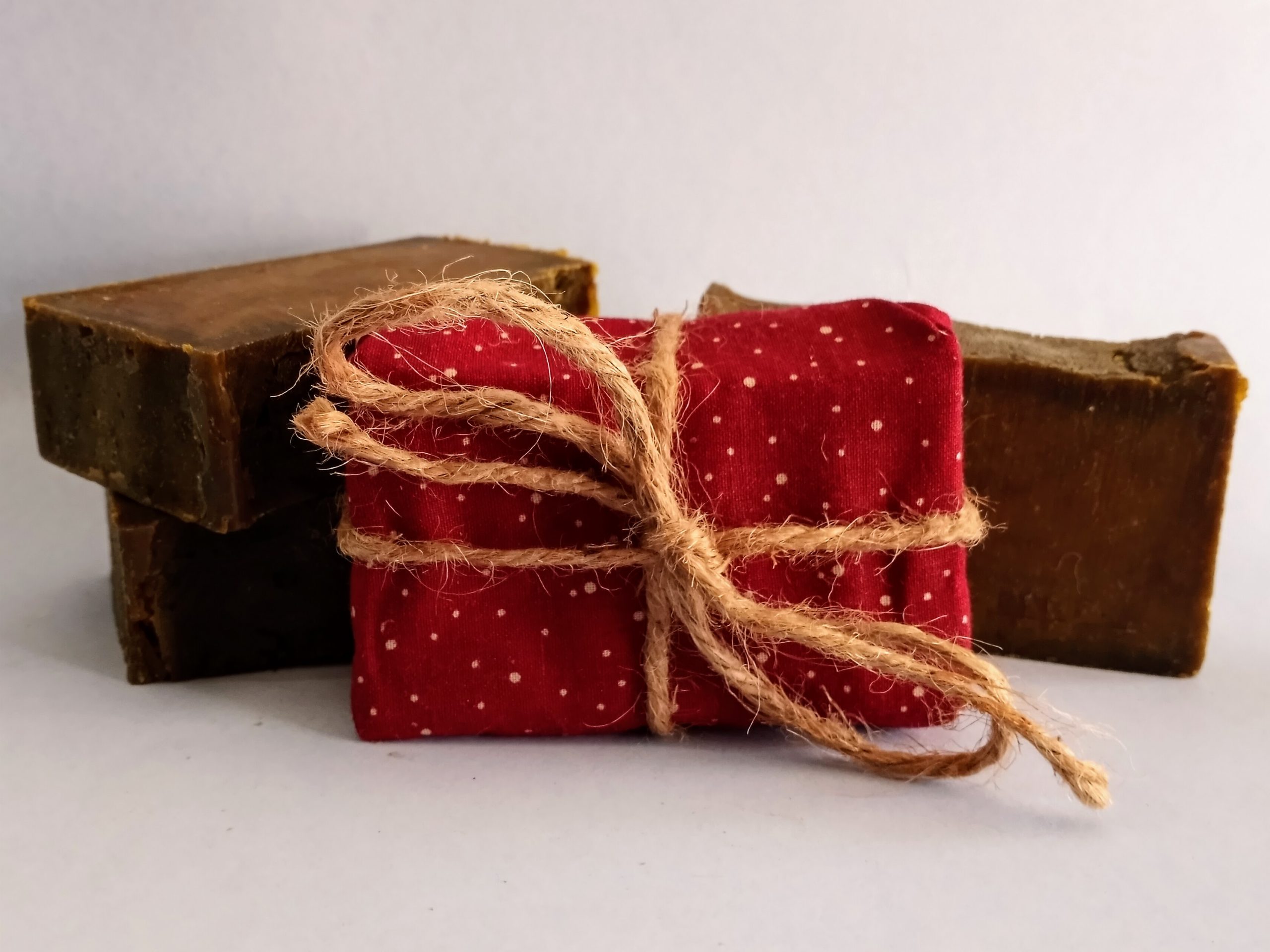
I’ve been writing a lot about aromatherapy lately. It’s definitely something I find useful in my daily life, from incense to essential oil roll-ons to relaxing scented bath salts. While you can make a many aromatherapy products yourself, not everyone has the time or wants to invest in the essential oils to do that. Today, I wanted to spotlight the aromatherapy products I have to offer at SubEarthan Cottage.
First are the soy wax melts. Unless otherwise noted, these are made with soy wax and pure essential oils. For safety, I recommend using a lightbulb wax warmer rather than a tealight warmer.

Home Fragrance
Next are the bath salts. These are made with my blend of salts and essential oils.

Bath Salts
Next are my essential oil rollers. These are customizable, so if you don’t see what you need listed, please contact me.

Essential Oil Roll-ons
Finally are my soaps. Unfortunately I haven’t had as much time to make soap lately with my chemo treatments. My last Kadcyla infusion is tomorrow though, so hopefully I’ll be back in the soap kitchen soon. Here are the soaps I currently have available.


















